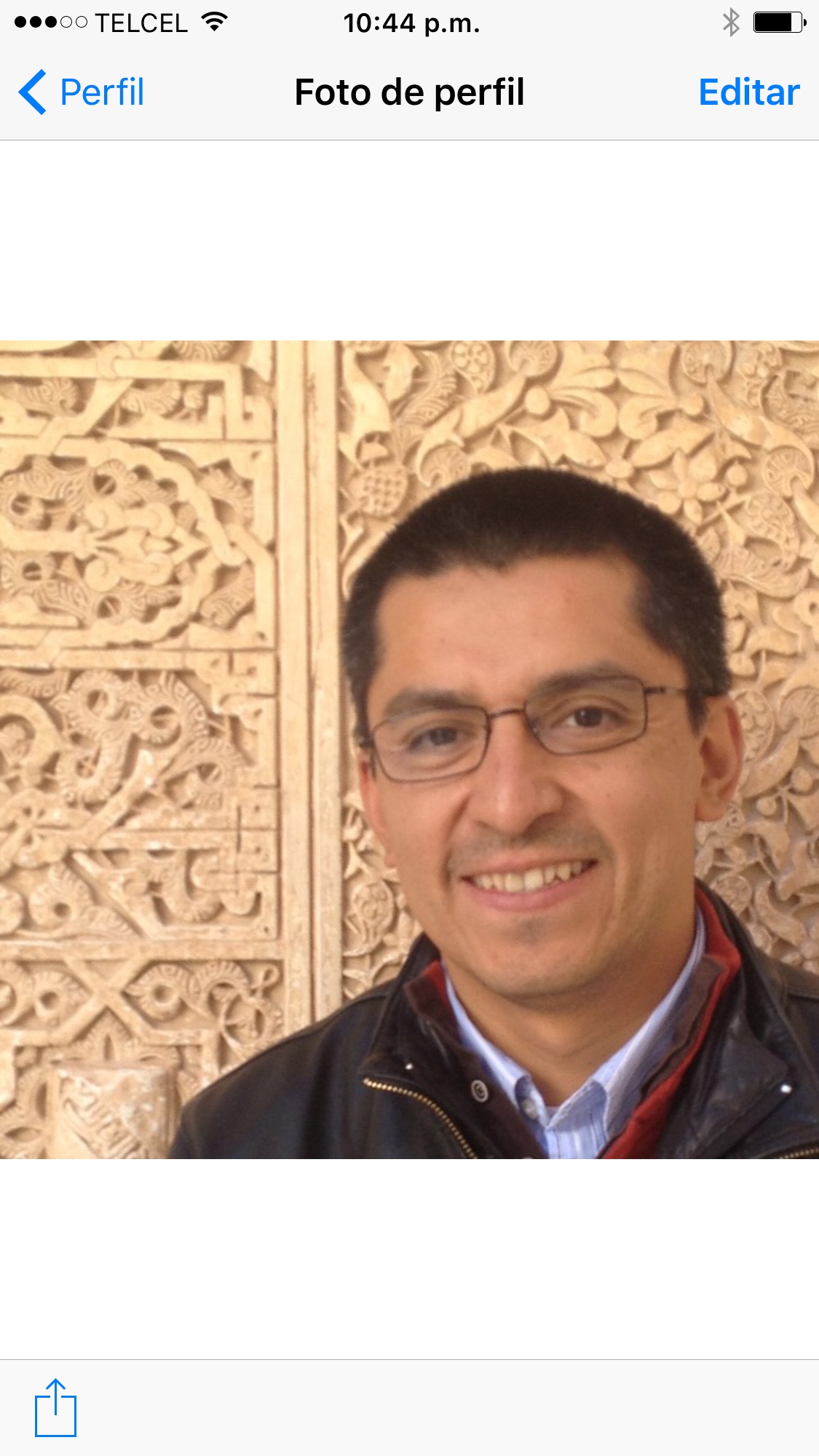
Patients with end-stage renal disease develop bone mineral disease, which is not always resolved after a successful renal transplantation; moreover, some of the immunosuppressants used to prevent graft rejection may affect bone health. The aim of this study was to evaluate bone health in post-renal transplantation children with the use of quantitative ultrasound (QUS) and dual-energy X-ray absorptiometry (DXA). A descriptive study was performed in children >3 months after renal transplantation and with stable function of graft. Radial QUS and DXA (lumbar spine and total body less head (TBLH) were performed on the same day. A total of 35 patients were included. Mean age was 13.9 ± 3.9 years. Ten subjects had total bone density score








